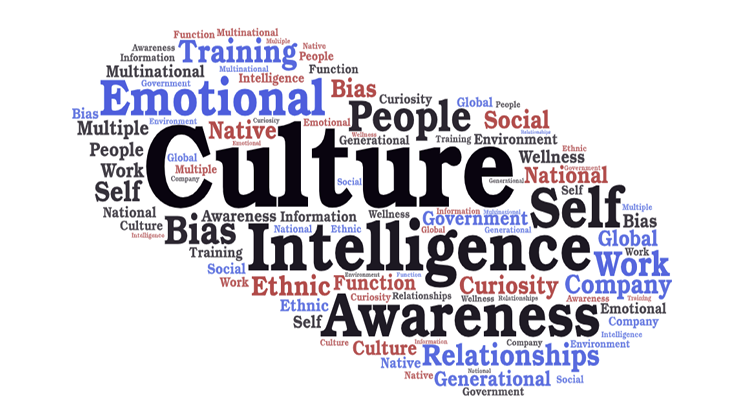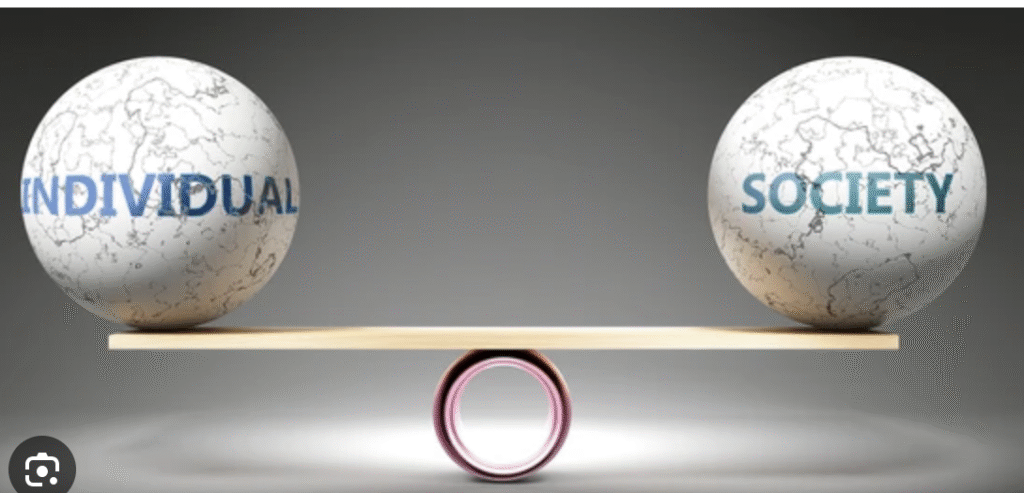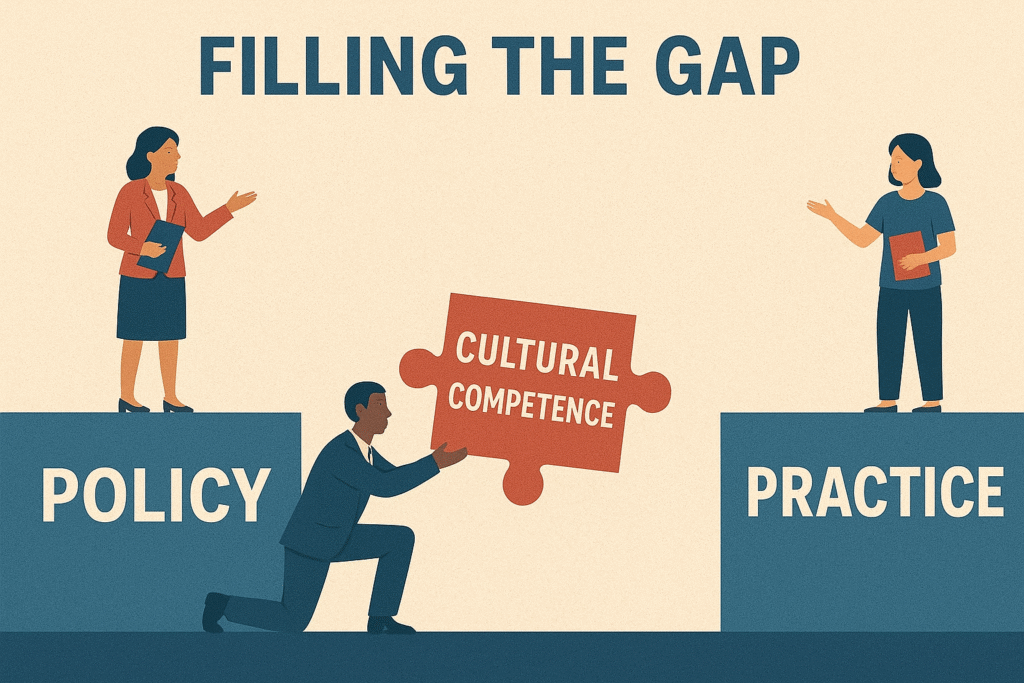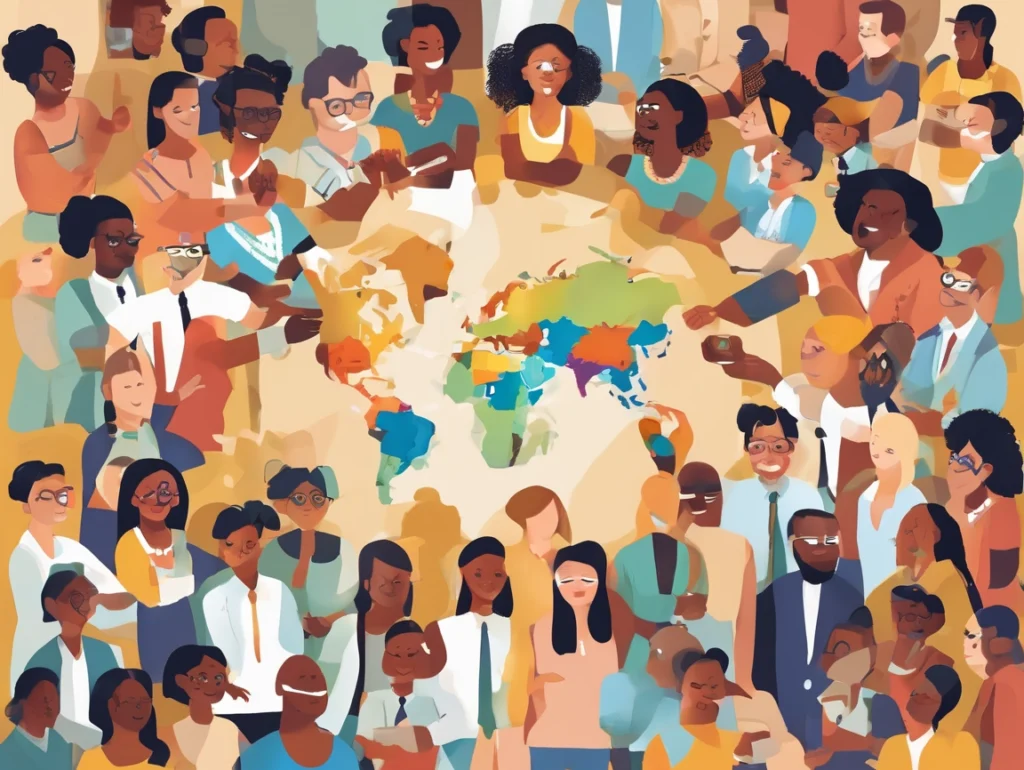
When organizations talk about building stronger, more inclusive teams, two terms often come up: Diversity, Equity, and Inclusion (DEI) and Cultural Intelligence (CQ). At first glance, they may sound like two sides of the same coin. But in reality, they serve different—yet deeply connected—purposes.
To make the comparison practical and meaningful, we’ll focus on seven key aspects where DEI and CQ intersect and diverge. Of course, there are more ways to look at these two concepts, but narrowing it down to seven helps us concentrate on what matters most for organizations and individuals alike.
DEI efforts concentrate on organizational systems—recruitment, promotion, policies, and representation. It ensures that institutions create structures that allow fairness and inclusion.
CQ is more personal. It asks: How do I as an individual interact with someone from a different background? How do we as a team work together across cultures?
While DEI changes the framework, CQ changes how people show up within that framework.
The heart of DEI is equity—ensuring fair access and opportunities regardless of identity. Think equal pay, balanced hiring, or removing systemic barriers.
CQ, meanwhile, is about competence—the ability to recognize, respect, and adapt to cultural differences. Even in an equitable environment, without competence, individuals may unintentionally miscommunicate or cause harm.
One might say that CQ gives people the practical skills to make equity meaningful in daily interactions.
DEI reshapes systems through policy updates, accountability measures, and leadership strategies. It answers: What needs to change in the organization to create fairness?
CQ, however, is about mindset and behavior—cultivating curiosity, reducing bias, and learning new ways of communicating. It answers: How do I adapt my approach so that I can work effectively with someone who thinks differently than I do?

Together, they balance structure with human action.
With DEI, the benefit is clear: better representation, reduced bias, and fairer treatment within organizations. People see themselves reflected in leadership and decision-making.
CQ offers another layer: global readiness. It equips organizations to thrive in international markets, navigate cultural nuances in branding, and foster smoother collaboration across borders.
In today’s interconnected world, representation at home must be paired with readiness abroad.
DEI programs are often initiated by HR, leadership teams, or compliance officers, and they require institutional buy-in to succeed.
CQ, however, serves everyone—from a teacher in a classroom, to a software engineer on a global project, to a filmmaker reaching diverse audiences. It democratizes inclusion by giving every individual the tools to make better cross-cultural choices.
DEI shows up in policy: equitable hiring, accessible career pathways, and pay equity audits. These changes create the foundation of fairness.
CQ shows up in practice: how team members greet each other across cultures, how a manager gives feedback to international colleagues, or how an AI model avoids biased outputs. It’s the everyday ‘how’ of inclusion, applied in real time, paving the way toward genuine belonging.

At the end of the day, DEI builds fairer systems—the rules of the game. But those systems can only succeed if people know how to play them with respect. CQ builds fluent people who can communicate, collaborate, and thrive in multicultural spaces.
DEI without CQ can feel like policy with no practice. CQ without DEI can feel like skill without structure. Together, they create the conditions not only for communication, but for reconciliation, renewal, sustainable inclusion, and genuine belonging.
We limit this comparison to seven aspects not because the list is exhaustive, but because it’s essential to focus on the areas with the greatest impact. DEI and CQ are not competing ideas—they are complementary forces. DEI sets the standards for fairness, while CQ ensures those standards come alive in everyday human interactions.
This matters because our societies do not exist in a vacuum. Across the globe, people continue to grapple with the legacies of slavery, colonization, apartheid, genocide, and displacement—histories that have left deep scars and continue to shape present realities. From race relations in the United States, to post-colonial struggles in Africa and Asia, to reconciliation efforts in places scarred by genocide or ethnic conflict, the echoes of unresolved pasts remain powerful.
In this context, DEI provides the structures to name injustice and rebuild systems, while CQ equips us to embody those commitments across borders, identities, and lived experiences. Together, they move us beyond policy into practice—helping societies not only to communicate, but to repair, reconcile, and reimagine cultures where true belonging is possible.
In places where equity and fairness are already deeply embedded in law, policy, or culture, DEI may have less visible work to do—but CQ remains invaluable, equipping people to navigate cultural differences with respect, empathy, and skill.

In short: DEI builds the system. CQ builds the people. And only together can they create cultures that truly communicate.